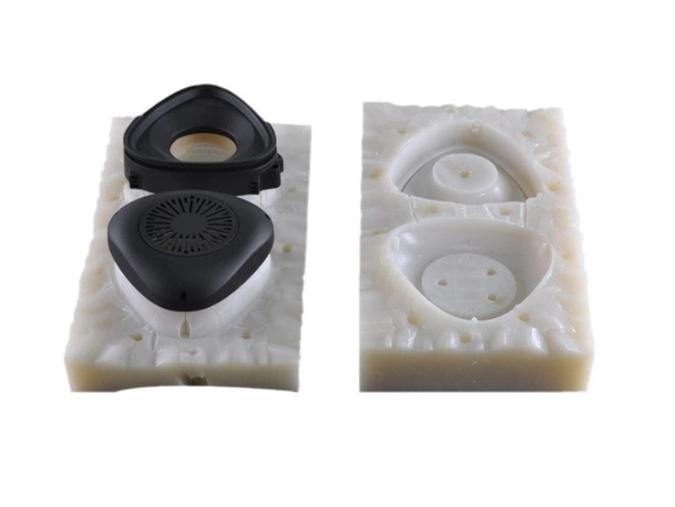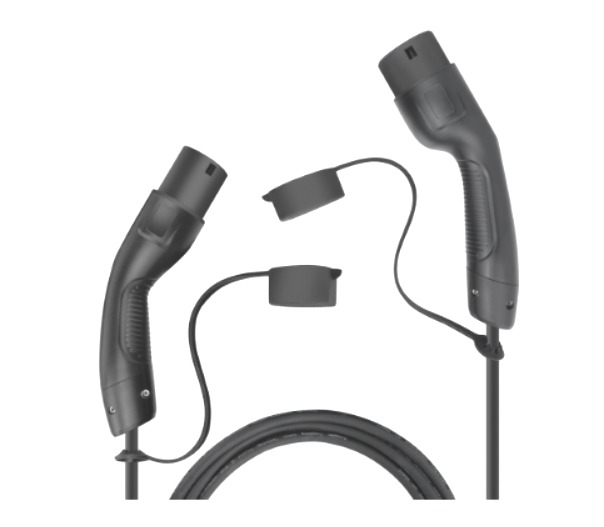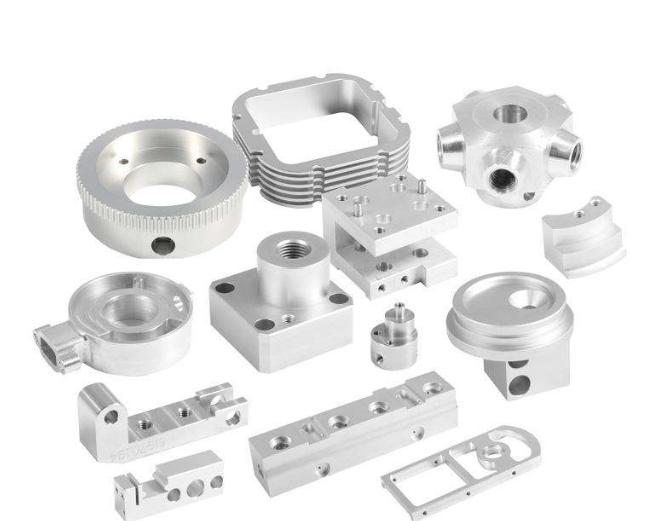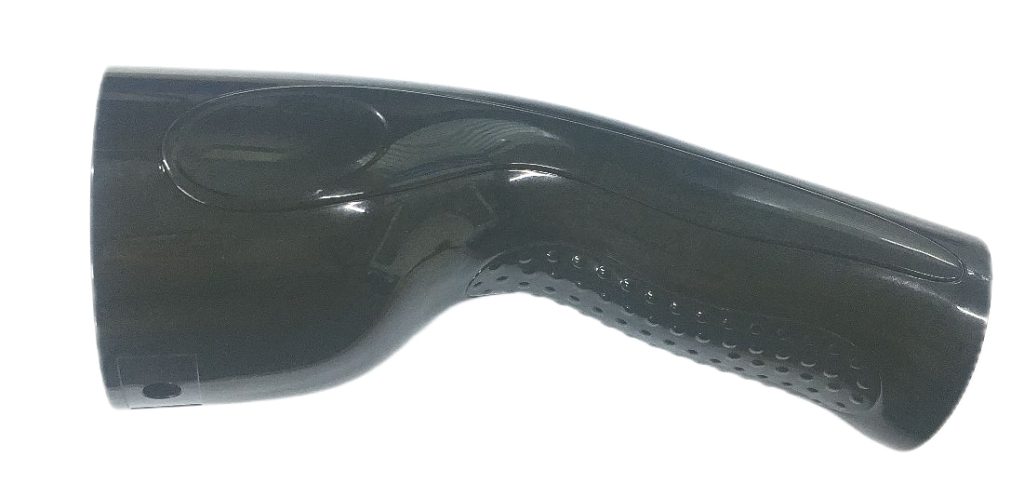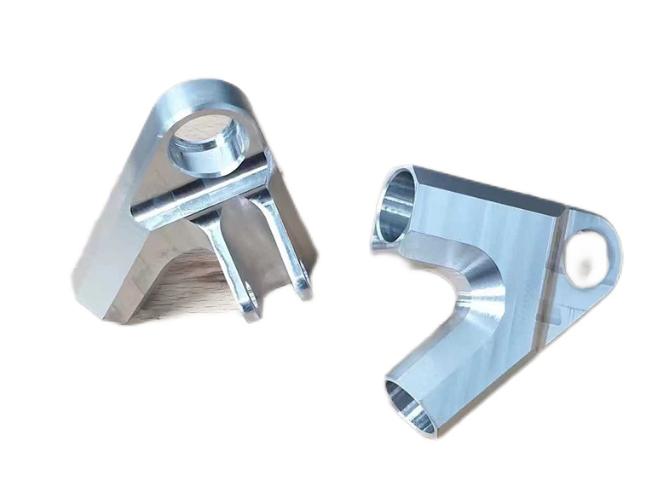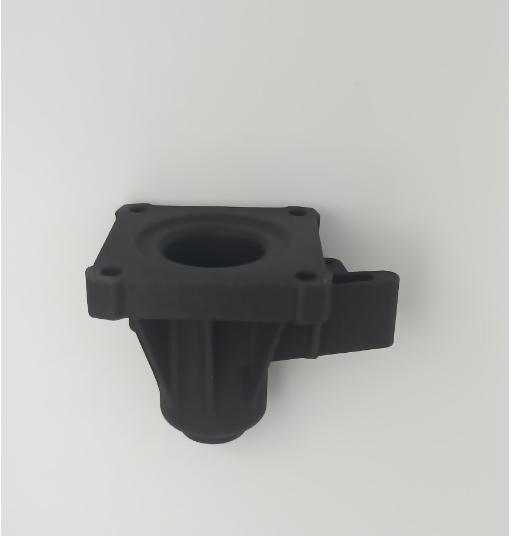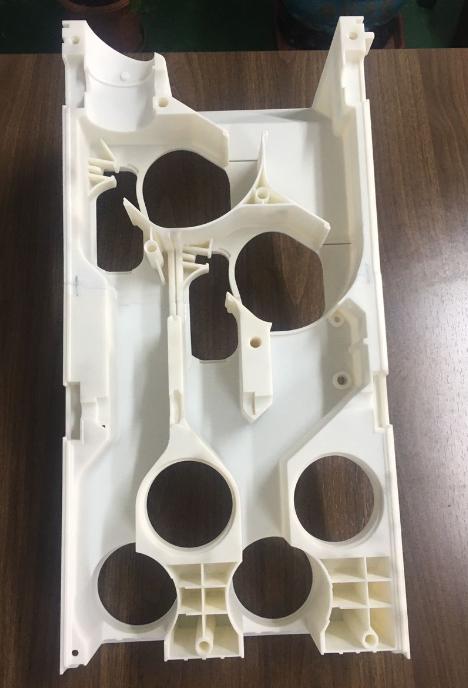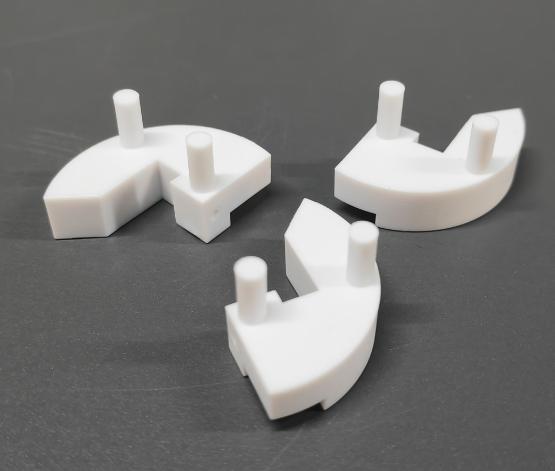3D Printing vs Plastic Injection Molding: Which is Better
In today’s fast-paced era of modern manufacturing, 3D printing and plastic injection molding are two top contenders in product development. Both have their own unique strengths and frequently bring new ideas to life.
So, when faced with 3D printing vs plastic injection molding technologies, how do you choose the right one?
Don’t worry, this article will guide you through the world of 3D printing and injection molding, helping you leave your manufacturing method dilemma. Let’s dive in and explore together!
Table of Contents
Part 1. What is 3D Printing?
3D printing, also known as additive manufacturing, is an advanced production method that builds three-dimensional objects layer by layer using various materials. Unlike traditional subtractive manufacturing (such as CNC machining), 3D printing creates parts “from nothing” directly from a digital model, without the need for molds, tooling, or complex setups.
The biggest advantage of 3D printing lies in its flexibility and efficiency. Designers can create models on a computer, and the printer will follow the design instructions to fabricate the object layer by layer. This enables rapid prototyping, even for parts with complex internal geometries that are difficult or impossible to achieve using conventional methods.
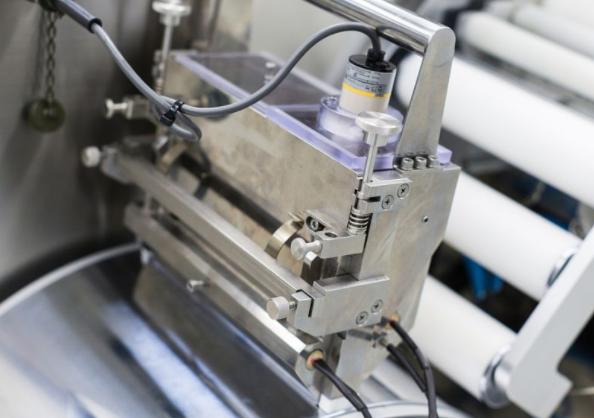
Common 3D Printing Technologies:
- FDM (Fused Deposition Modeling): Melts and extrudes thermoplastic filaments (like PLA or ABS) layer by layer. It’s cost-effective and widely used for education, hobby projects, and early-stage prototypes.
- SLA (Stereolithography): Uses a UV laser to cure liquid resin into solid layers. It offers high precision and smooth surfaces, ideal for dental models, jewelry, and fine details.
- SLS (Selective Laser Sintering): Fuses powder materials like nylon using a laser, suitable for functional and durable parts in industrial applications.
Common Materials:
- PLA (Polylactic Acid): Biodegradable, easy to print, great for visual models and educational use.
- ABS (Acrylonitrile Butadiene Styrene): Strong and impact-resistant, used in industrial-grade prototypes.
- Nylon (Polyamide): High strength and flexibility, often used for functional and load-bearing components.
- Resin: Ideal for high-detail prints and aesthetically demanding parts.
Typical Use Cases:
- Rapid Prototyping: Quickly turn ideas into physical models to validate design, fit, and function, shortening the development cycle.
- Design Testing and Iteration: Efficiently test and refine product concepts without high upfront tooling costs.
- Customization and Small-Batch Production: Perfect for personalized parts, medical devices, creative products, or low-volume manufacturing needs.
Whether you’re a startup building an MVP (Minimum Viable Product) or an enterprise testing a complex assembly, 3D printing offers a fast, flexible, and cost-effective solution – an essential tool in today’s product development toolbox.

Part 2. What is Plastic Injection Molding?
Plastic injection molding is a widely used and highly efficient mass production method in modern manufacturing. It involves melting thermoplastic materials and injecting them under high pressure into a precisely machined mold. Once the material cools and solidifies, it takes on the shape of the mold cavity, resulting in a finished product.
Although creating molds requires significant upfront investment, once the mold is ready, injection molding can produce thousands or even millions of identical parts with exceptional consistency, high precision, and low per-unit cost. This makes it ideal for large-scale manufacturing.
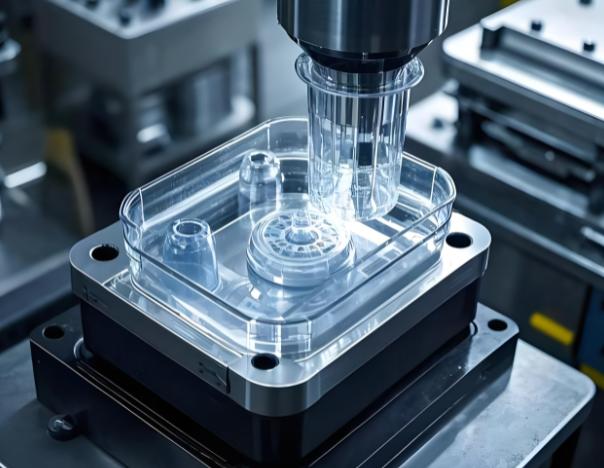
How Does It Work?
- Melting Plastic: Thermoplastic pellets (like PP, ABS, etc.) are heated until molten.
- Injection: The molten plastic is injected under pressure into a steel or aluminum mold.
- Cooling and Solidifying: The material cools inside the mold, forming the desired shape.
- Ejection: The mold opens, and the solidified part is ejected or removed.
Common Materials:
- PP (Polypropylene): Lightweight, impact-resistant, and chemically stable. Used in automotive, packaging, and household items.
- PE (Polyethylene): Flexible, strong chemical resistance. Great for containers and pipes.
- ABS: Rigid and durable with good surface finish. Common in toys, appliances, and automotive components.
- PC (Polycarbonate): Tough, transparent, and heat-resistant. Ideal for optical lenses, electronics, and protective gear.
Typical Use Cases:
- Mass Production: Ideal for high-volume manufacturing where consistency and efficiency are key.
- Cost-Sensitive Projects: After amortizing mold costs, per-part prices drop dramatically.
- Parts with High Aesthetic or Dimensional Requirements: Excellent surface finish and dimensional accuracy, perfect for product housings, mechanical components, and end-user parts.
Injection molding is a go-to solution across industries like automotive, consumer electronics, home appliances, healthcare, and packaging, offering unmatched scalability and production reliability.
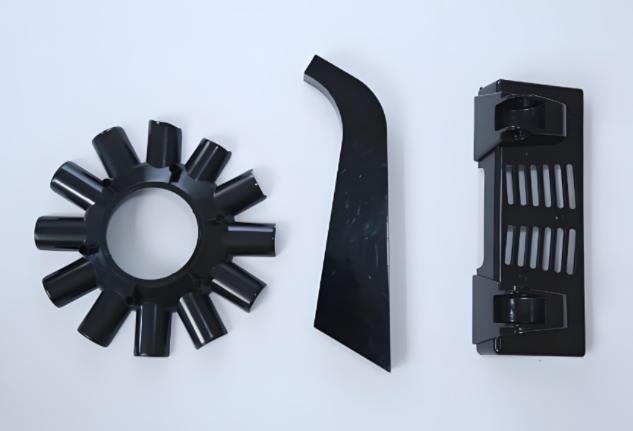
Part 3. 3D Printing vs. Plastic Injection Molding: Key Differences
Now that you understand the basics of both technologies, let’s put them head to head. Here’s how they compare across some key factors:
| Feature | 3D Printing | Injection Molding |
| Setup Cost | Low – No mold needed | High – Mold creation is expensive |
| Per-Part Cost | Higher (especially at scale) | Very low for large quantities |
| Production Speed | Slower – builds parts one at a time | Extremely fast once the mold is ready |
| Complexity of Design | Excellent for intricate, internal geometries | Limited by mold design and part ejection considerations |
| Customization | Ideal – every part can be different | Poor – each mold produces identical parts |
| Surface Finish | Good, depending on technology and post-processing | Excellent, with high repeatability |
| Material Selection | Growing, but still limited compared to molding | Wide selection of high-performance plastics |
| Best For | Prototyping, R&D, custom or low-volume production | Mass production, cost-sensitive, and high-finish parts |
Part 5. Advantages and Disadvantages of Plastic Injection Molding vs 3D Printing
3D Printing Advantages and Disadvantages
Advantages
No need for molds, shortened development cycle
3D printing allows for on-demand manufacturing without the need for traditional mold development, saving time and costs on mold design and production.
This is especially beneficial for startups and the R&D phase, significantly accelerating the process from design to physical product.
Greater design freedom, enables complex geometries
Compared to traditional manufacturing methods, 3D printing has almost no shape restrictions, easily handling complex designs such as hollow, irregular, or gradient structures. It’s a powerful tool for designers and engineers to push creative boundaries.
Cost-effective for prototyping and small batch production
For small batch production of tens to hundreds of pieces, 3D printing eliminates the need for molds, offering flexibility and speed. It is particularly useful during product validation and market testing phases, allowing for multiple iterations at a lower cost.
Disadvantages
Slower print speed
Whether using FDM, SLA, or SLS technologies, 3D printing builds items layer by layer, requiring a certain amount of time for each piece. The production efficiency is much lower than injection molding.
Cost increases with higher quantities
Although the initial cost is low, 3D printing cannot achieve the same “economy of scale” as injection molding. Each product requires time and material to print, and as the scale increases, the cost advantage diminishes.
Material properties lag behind traditional injection molding
While the variety of 3D printing materials is increasing, they still fall short of traditional injection molding materials in terms of strength, toughness, and high-temperature resistance. Some industrial-grade performance requirements still need careful material selection.

Plastic Injection Molding Advantages and Disadvantages
Advantages
Extremely low unit cost, suitable for mass production
Once the mold is completed, injection molding can produce large quantities of parts in a very short amount of time, with unit costs as low as a few cents. It is the preferred method for high-volume production due to its scale efficiency.
High product consistency, minimal error
Injection molding equipment and molds offer high repeat precision, ensuring that each product is almost identical in size, structure, and appearance. This is particularly useful for parts with strict tolerance requirements.
Wide range of materials with stable properties
There is a large selection of plastic materials, such as heat-resistant, impact-resistant, flame-retardant, and medical-grade materials, which are widely used in industries like home appliances, automotive, medical, and electronics.
Disadvantages
High mold costs and long development cycle
Mold manufacturing is a complex process, typically requiring tens of thousands or even hundreds of thousands of yuan in investment, with development taking weeks to months. It is not suitable for early-stage testing or frequent iteration projects.
Not suitable for frequent design changes
Once the mold is completed, any design changes require remaking the mold, which significantly increases cost and time. This lack of flexibility is a disadvantage for products still in the optimization stage.
High costs for small batch production
For small order quantities, mold costs are difficult to amortize, and the actual cost per piece increases, making 3D printing or CNC machining more cost-effective and flexible.
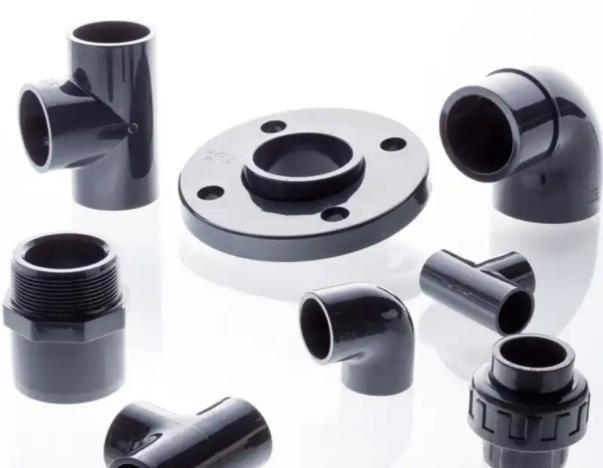
Part 6. 3D Printing vs Plastic Injection Molding: Which One is Better?
Choosing between 3D printing and injection molding depends mainly on the following factors:
Project stage: It is recommended to use 3D printing in the early stages of product development for quick design validation; injection molding can be considered for mass production.
Production quantity: For projects with fewer than 100 pieces, 3D printing is advisable. For projects with more than 1,000 pieces, injection molding is more suitable.
Budget allocation: If the initial budget is limited and the final design is uncertain, 3D printing can save significantly on mold costs.
Complexity of parts: Complex or customized parts are more suitable for 3D printing, while standard structures can be handled by injection molding.
Delivery time: 3D printing can start immediately, whereas injection molding requires mold preparation time.
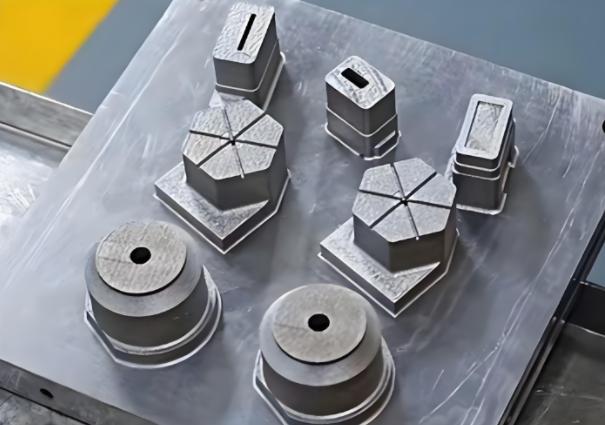
Final Thoughts
3D printing and injection molding are not opposing methods, but complementary manufacturing solutions. 3D printing is better suited for rapid development and small-batch customization, while injection molding offers clear cost and efficiency advantages for large-scale production.
If you are developing a new product, it is recommended to first use 3D printing to test the design. Once the structure and functionality have been validated, you can then invest in injection molding for mass production.
KENENG offers one-stop services from 3D printing prototype development to injection molding mass production. If you’re unsure which manufacturing method to choose, feel free to contact KENENG for a customized solution tailored to your needs.

